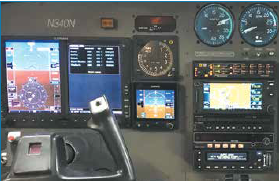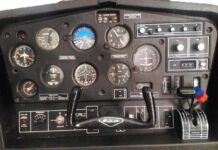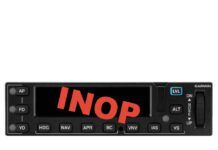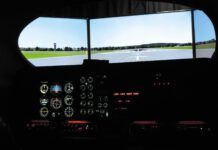Years ago, I wrote an article for these pages in which I opined that there was no need or fiscal justification for the dual GPS navigators that seem so common in a well-equipped panel. I stand by that, but times have changed.
In the article, I first explored where that “dual-think” came from. Many of us remember life before GPS or LORAN. We had to navigate using VORs. While possible with a single receiver, it was much easier with two. Plus, having two coms was a convenience where we could use one with ATC and the other to check weather or perform other chores. Thus, dual nav/coms became the standard. And that standard simply endured with Garmin’s GNS-series GPS/nav/coms.
But, if you think about it, what was the need for two GPS receivers? Okay, redundancy is a good answer, but if a lone GPS failed, we could still navigate using VORs, right? Besides, before the GNS all-in-one navigator, did we ever install a second separate GPS navigator? No. So I didn’t see the operational value in a second GPS navigator. Wasn’t there almost always a perfectly suitable nav/com already in the panel? Keep it as secondary. Why spend that much money for no added functionality from a second GPS?
One could make the argument that the screen real estate on the second GPS was useful and I’d agree. But, at least at that time, that could be achieved better and cheaper with an MFD. That’s still my thinking as far as that goes.
Acting with that reasoning, when I built my present panel, it only sported a single GTN 650 supplemented by an SL30 nav/com. So, I had a state-of-the art GPS/nav/com, a state-of-the-art nav/com (and other stuff), all feeding my new G500 EFIS. I was all set, happy with one GPS, until now.
I’m currently planning to upgrade my original G500 for the newer G500 TXi. My purpose is to get enhanced redundancy for a few unrelated things, plus enable Garmin’s Smart Rudder Bias to help save the day in the—hopefully unlikely—event of an engine failure in my twin. One of the shops I’ve been talking to was really pushing a second GTN. I explained all this and he merely suggested that on a flight I pull the GPS circuit breaker to see what happened.
I have known, but apparently overlooked, that the air-data computer and the AHRS (solid-state gyros) feeding that PFD use GPS data to help them achieve the most accurate information possible. So, a few flights later, I pulled that GPS breaker. Quite disconcertingly, my PFD became useless. So too that fancy new Garmin GFC 600 autopilot. I was back to hand flying with even less information than I had back in my instrument training when my instructor covered up some round dials.
So, although I’m still not planning to install a second over-$10K GPS navigator, I am going to have the shop implement the GPS that’s embedded in the TXi system that’s there solely to augment the ADC and AHRS calculations. Maybe the idea of a second navigator isn’t so farfetched after all, when there’s a PFD to feed.





